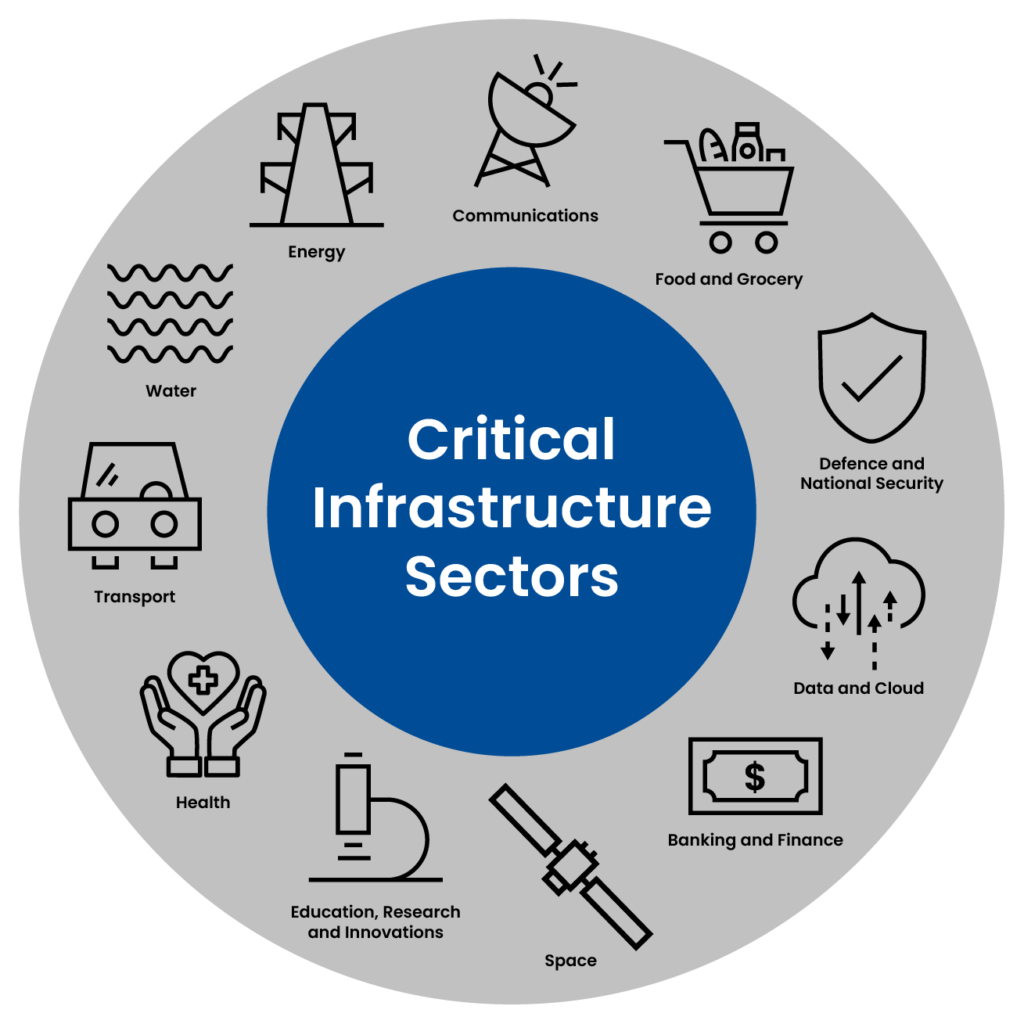
US National Cybersecurity Strategy Deep Dive: Defend Critical Infrastructure
In our increasingly interconnected world, critical infrastructure systems—including power grids, water treatment plants, transportation networks, hospitals, and communication systems—are more vulnerable than ever to cybercriminals. A successful attack on critical infrastructure can have devastating consequences, ranging from widespread power outages to societal disruption.
Recent cyberattacks like the Colonial Pipeline ransomware attack (2021) and the Ascension Health cyberattack (2024) have shown how critical infrastructure attacks can cripple essential services. This guide explores the anatomy of these attacks and offers strategies to safeguard our vital systems.
A typical attack on critical infrastructure begins with reconnaissance, where attackers gather information on their target’s vulnerabilities. This is followed by an initial compromise, which often involves phishing emails, exploitation of software vulnerabilities, or physical intrusion. Once inside, attackers move laterally through the network, seeking access to critical systems and data. Finally, they execute their objective, which could involve data theft or operational disruption.
Critical infrastructure attacks frequently target Industrial Control Systems (ICS) and Operational Technology (OT) networks, which manage and control industrial processes and physical devices. These systems are often outdated and lack robust security measures, making them prime targets for cybercriminals. A successful breach of ICS or OT can cause equipment malfunctions, power outages, or even safety hazards.

Cyberattacks on critical infrastructure have become more frequent and impactful in recent years. Here are some notable incidents:
Attacks on critical infrastructure can have far-reaching consequences, affecting both individuals and society at large:
Protecting critical infrastructure from cyberattacks requires a multi-faceted approach, involving both advanced security measures and collaboration between governments, organizations, and individuals. Below are key strategies for defense:
Critical infrastructure attacks pose a significant and growing threat to public safety, national security, and the global economy. As these systems become more interconnected, the risk of cyberattacks increases. By understanding how these attacks work and implementing proactive security strategies—like network segmentation, continuous monitoring, and incident response planning—we can mitigate the risk and ensure the continued functioning of vital services.